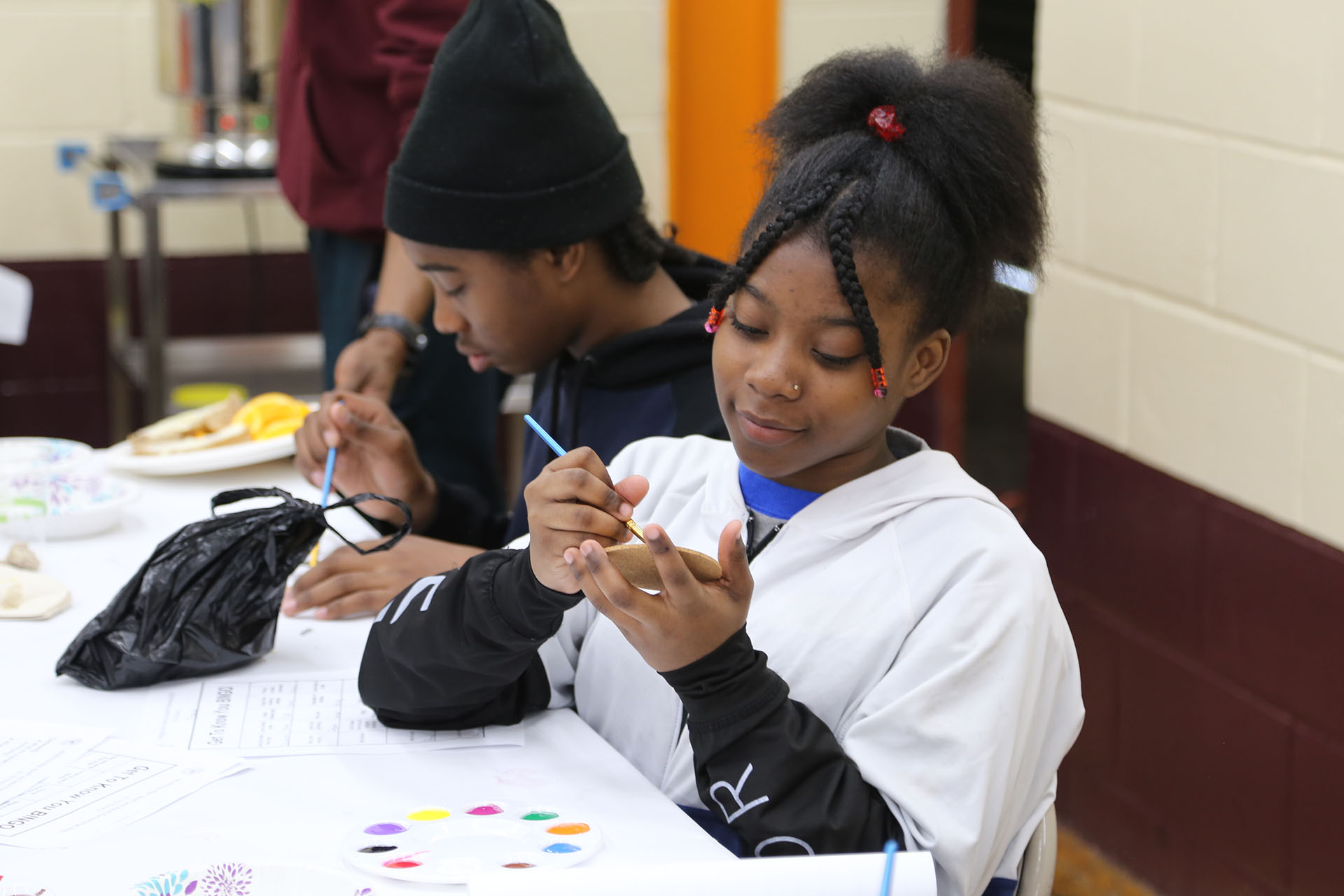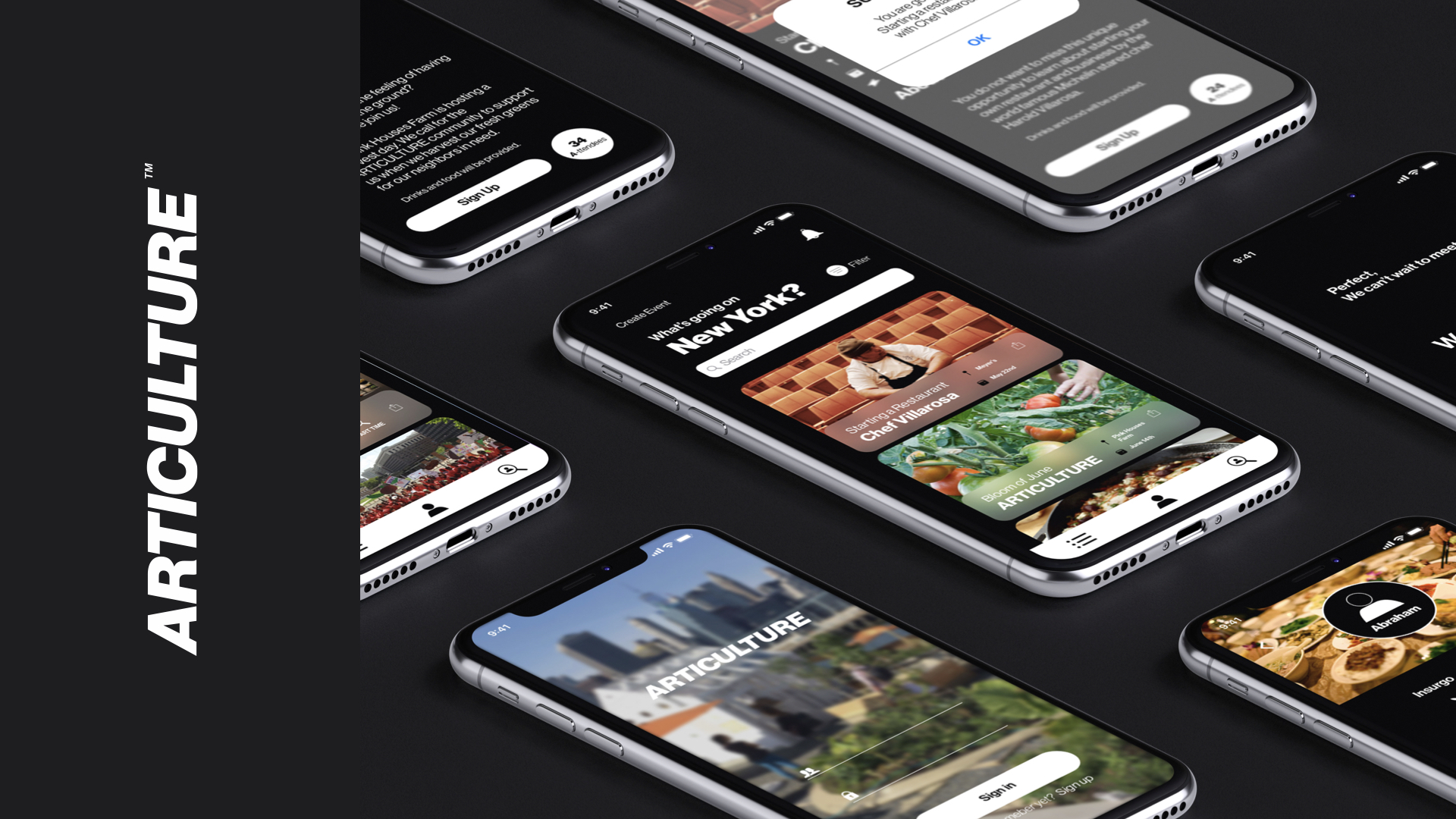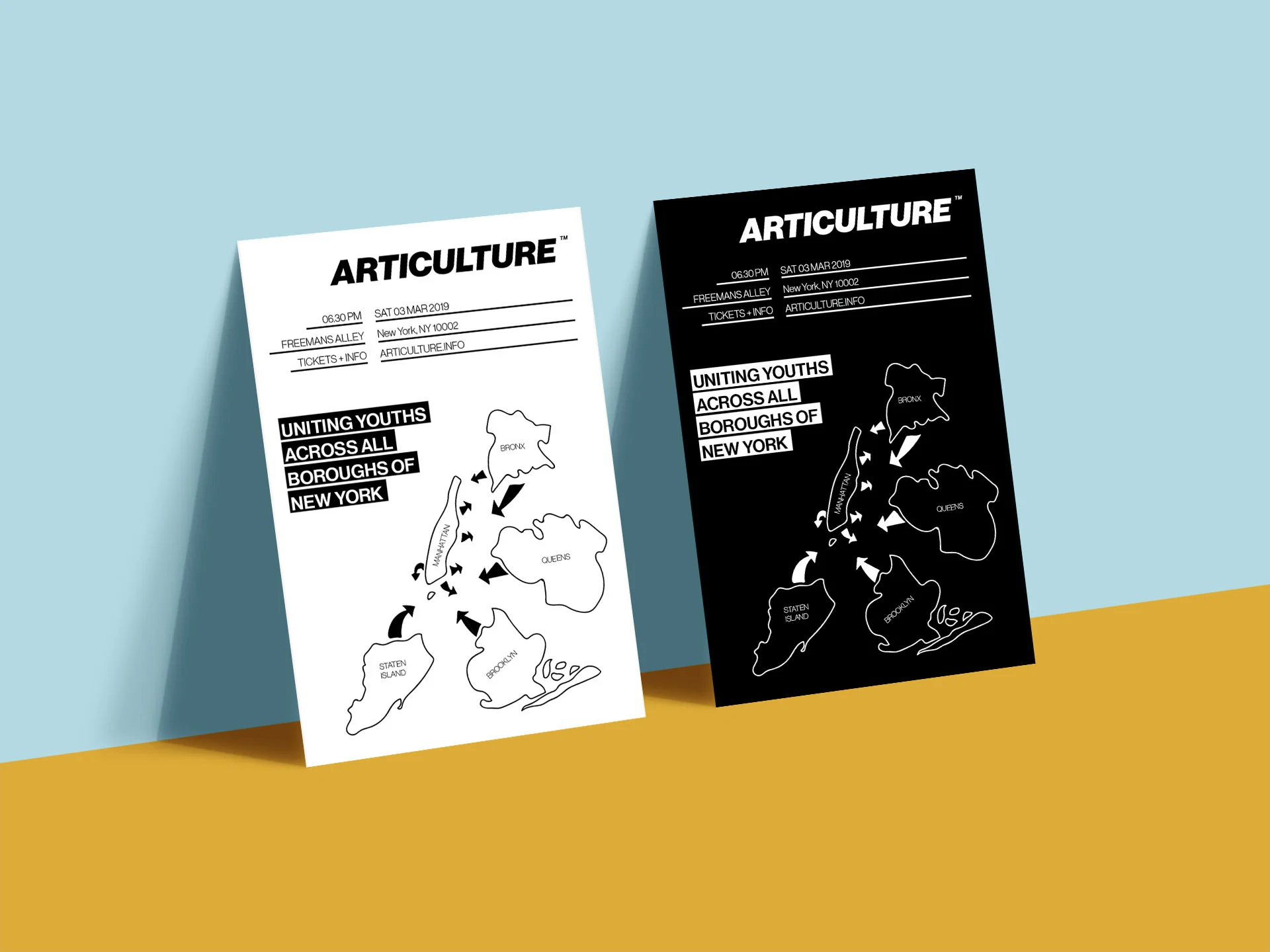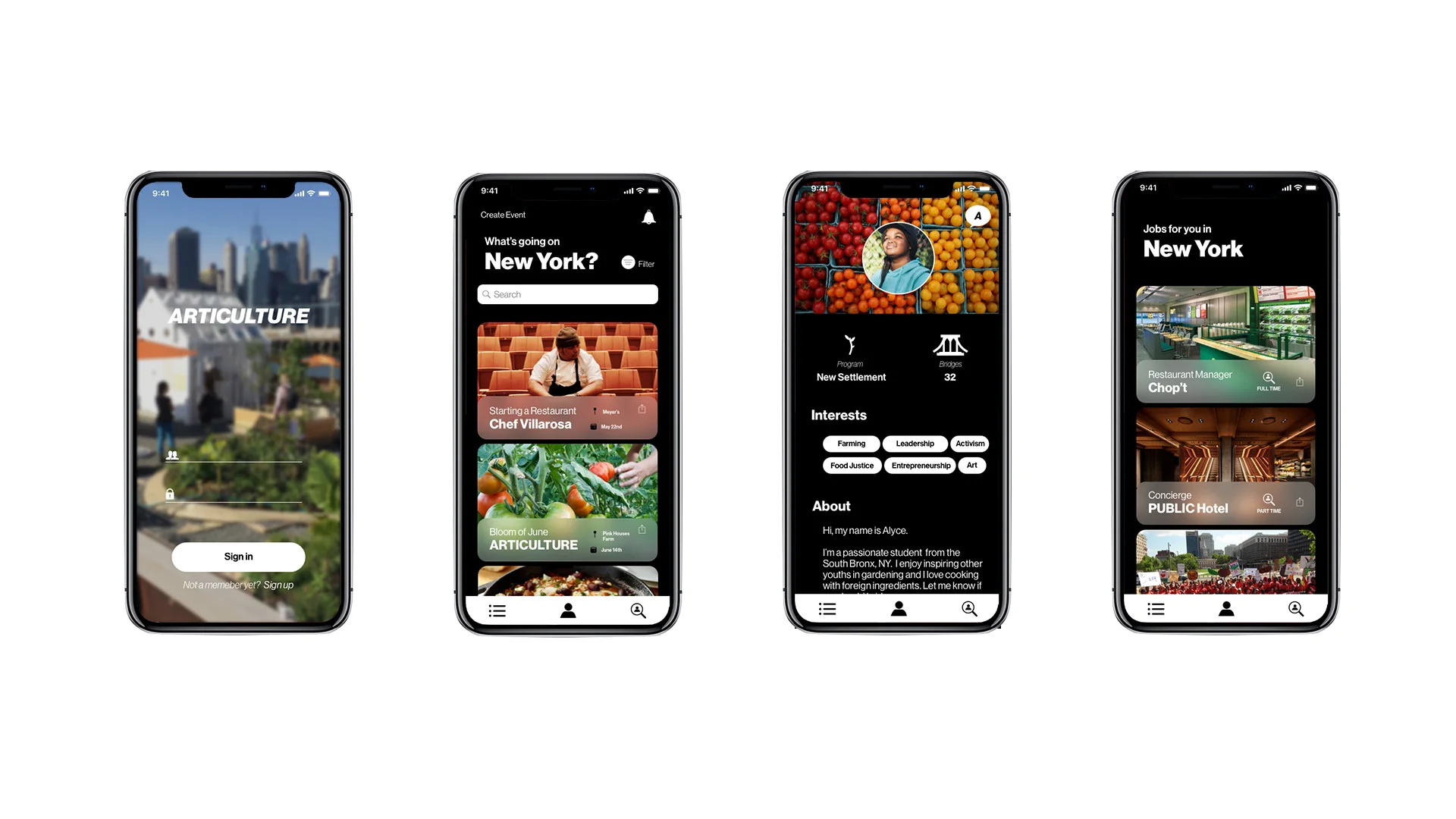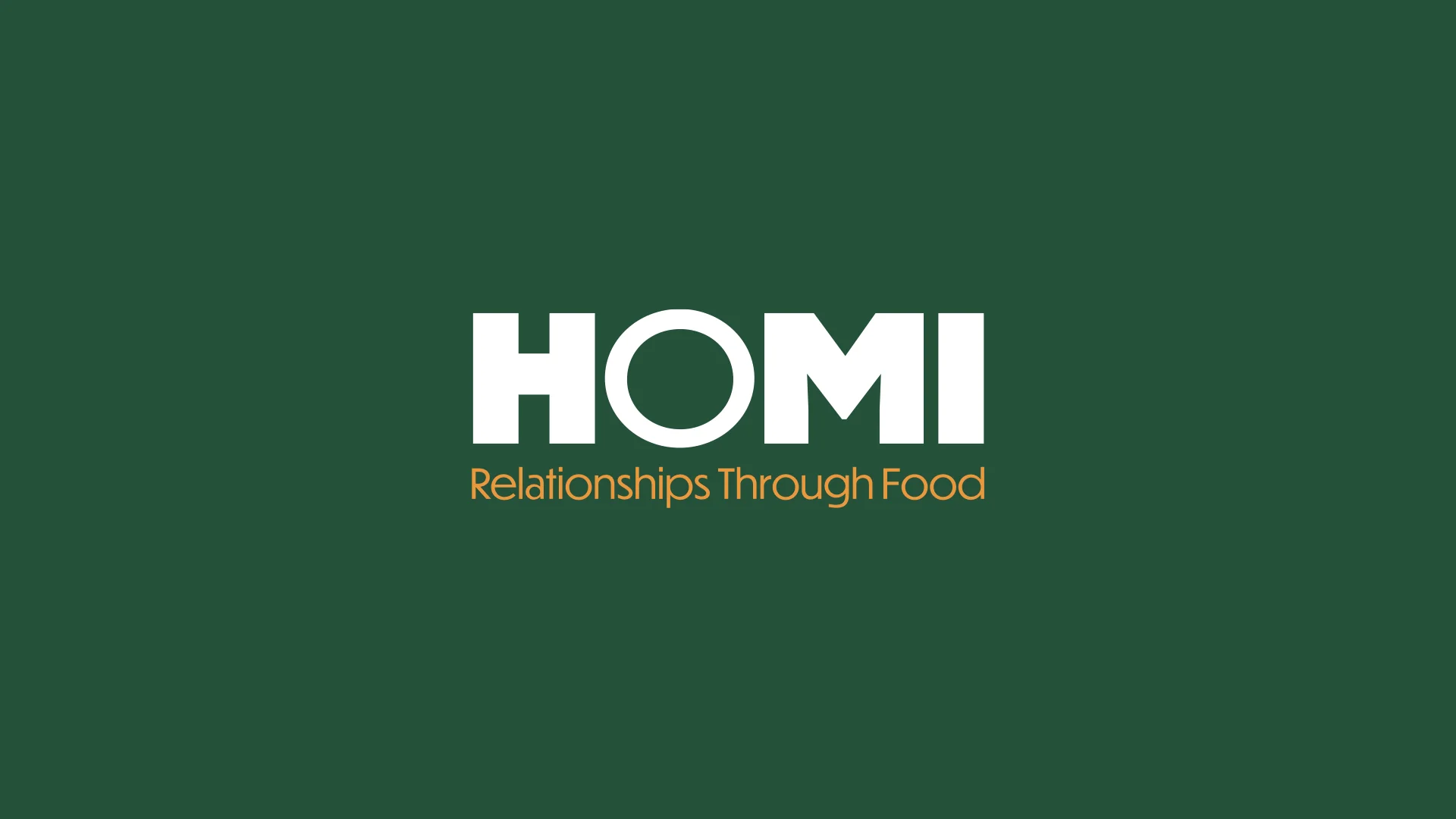FOOD JUSTICE: Through the Power of Knowledge Sharing
After learning of food deserts and food insecurity in New York, Danish designer Gustav Dyrhauge quickly decided to dedicate his thesis, Food Justice: Through the Power of Knowledge Sharing, to food justice and the problem of food insecurity.
Food Justice is a counter-response to food insecurity, and is defined by Bobby J. Smith (2018) as:
“… a food system that is inclusive, community-led and participatory, without the exploitation of people, land, or the environment. It identifies and acts to remove the significant structural inequities that exist within our food and economic systems. Food Justice activists seek to establish healthy, resilient communities with equitable access to nourishing and culturally appropriate food.”
To understand food justice from a communal perspective, the Gustav chose to collaborate closely with two local initiatives that educate youth about food: East New York Farms (ENYF), and Insurgo. By immersing himself in the communities behind these two initiatives, Gustav conducted design research with youth, parents, management and volunteers. Through participatory design methodologies such as cultural probes (journals and disposable cameras), co-design workshops and user testing, Gustav was able to surface insights throughout his thesis, and respond with design.

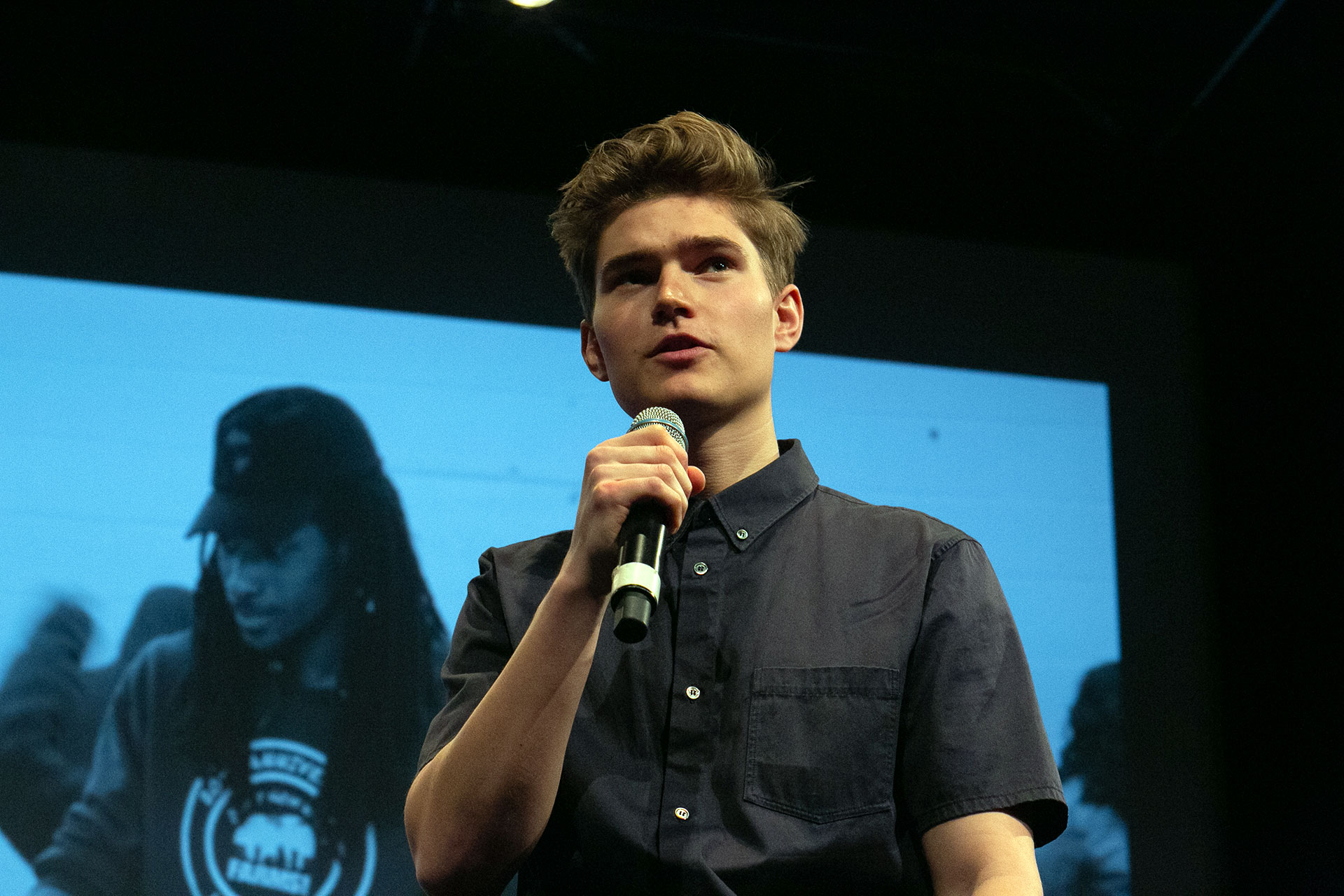
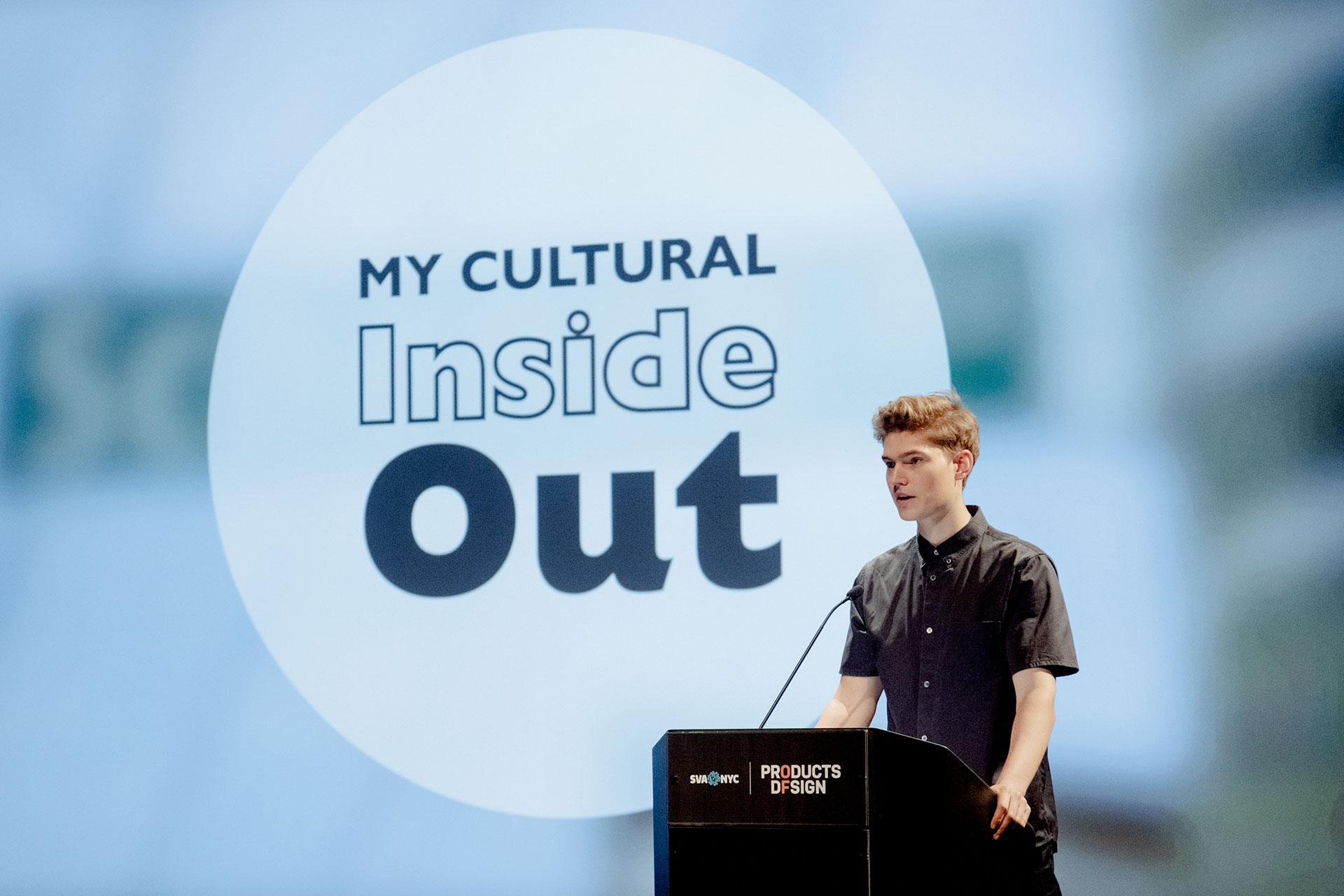
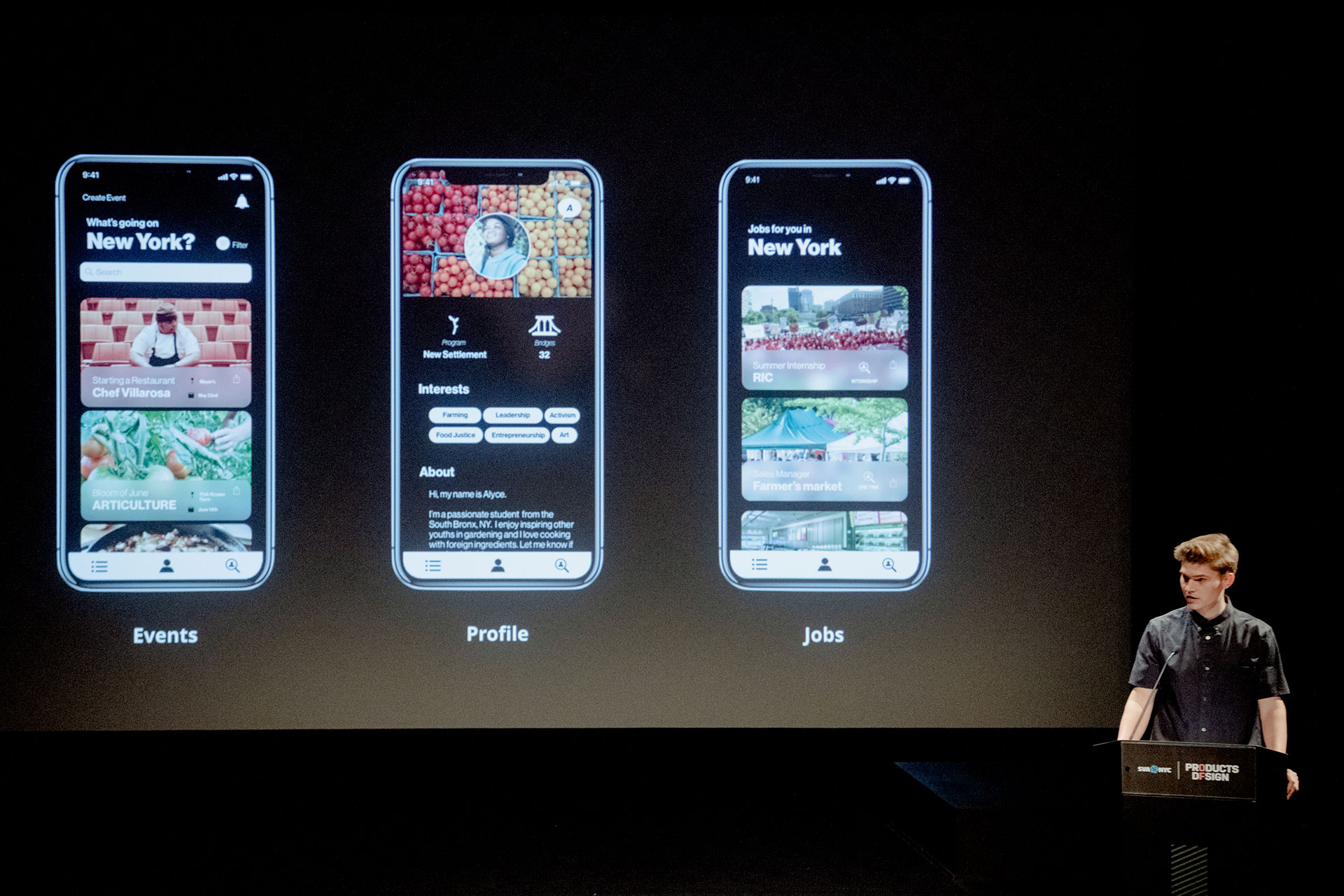
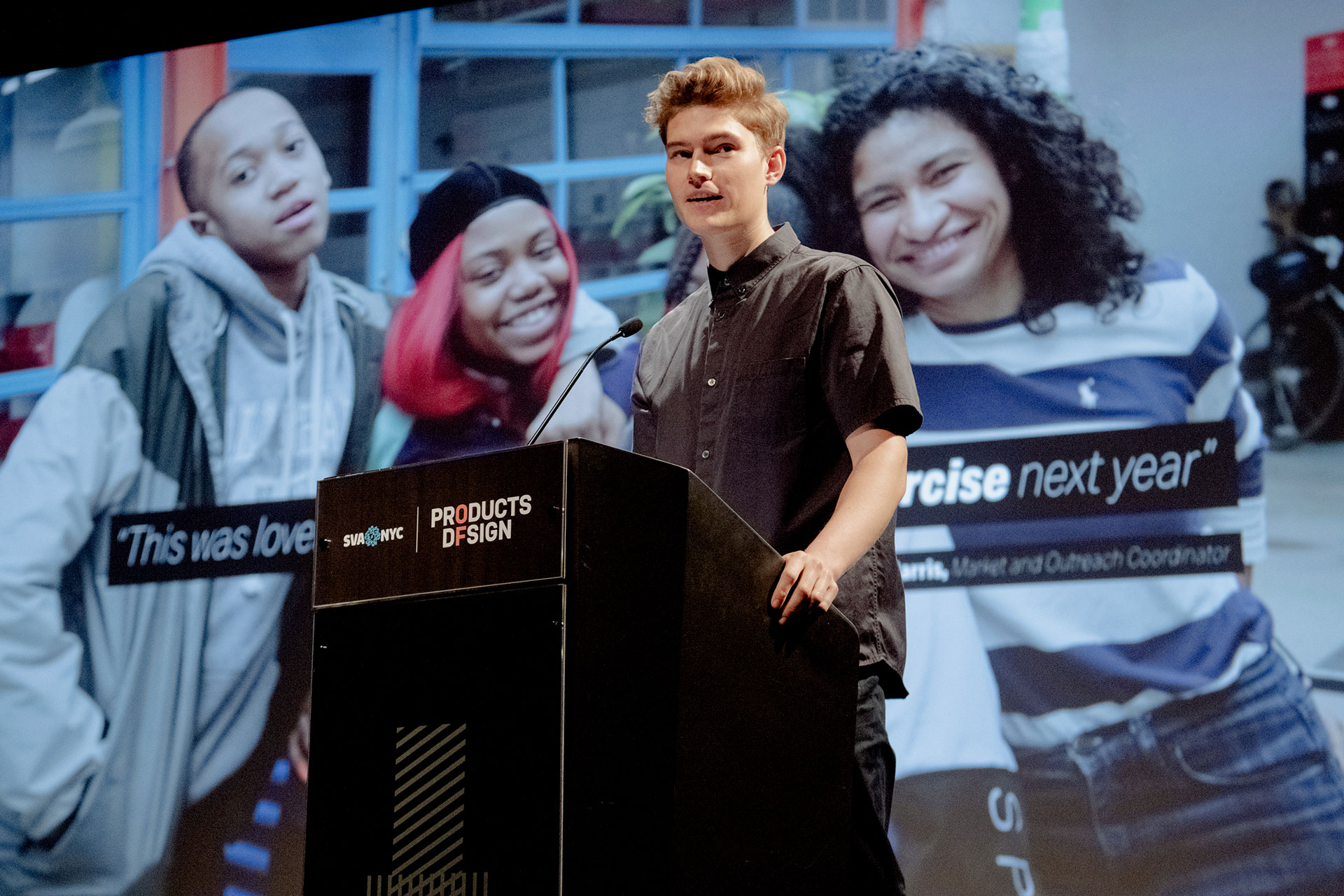
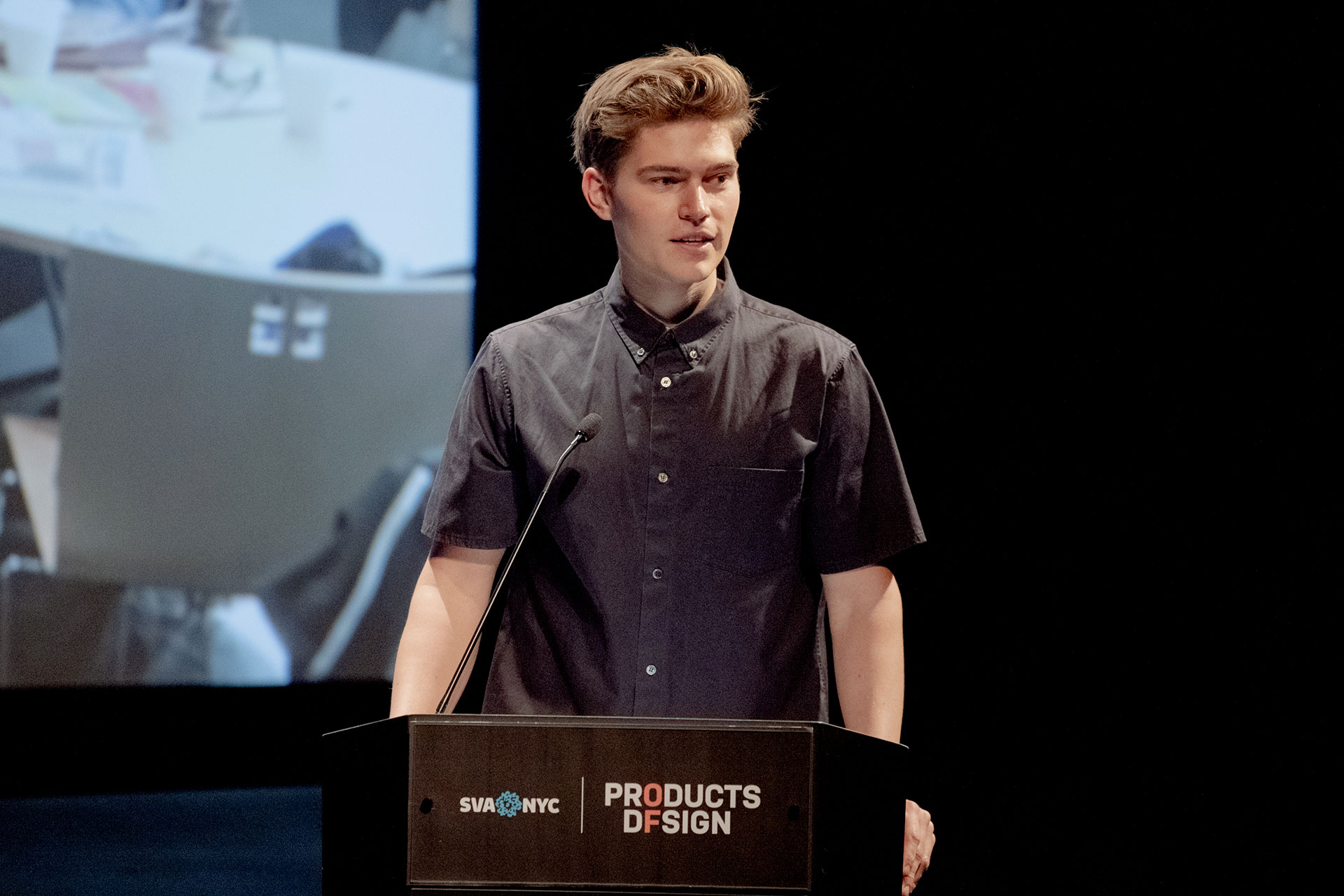
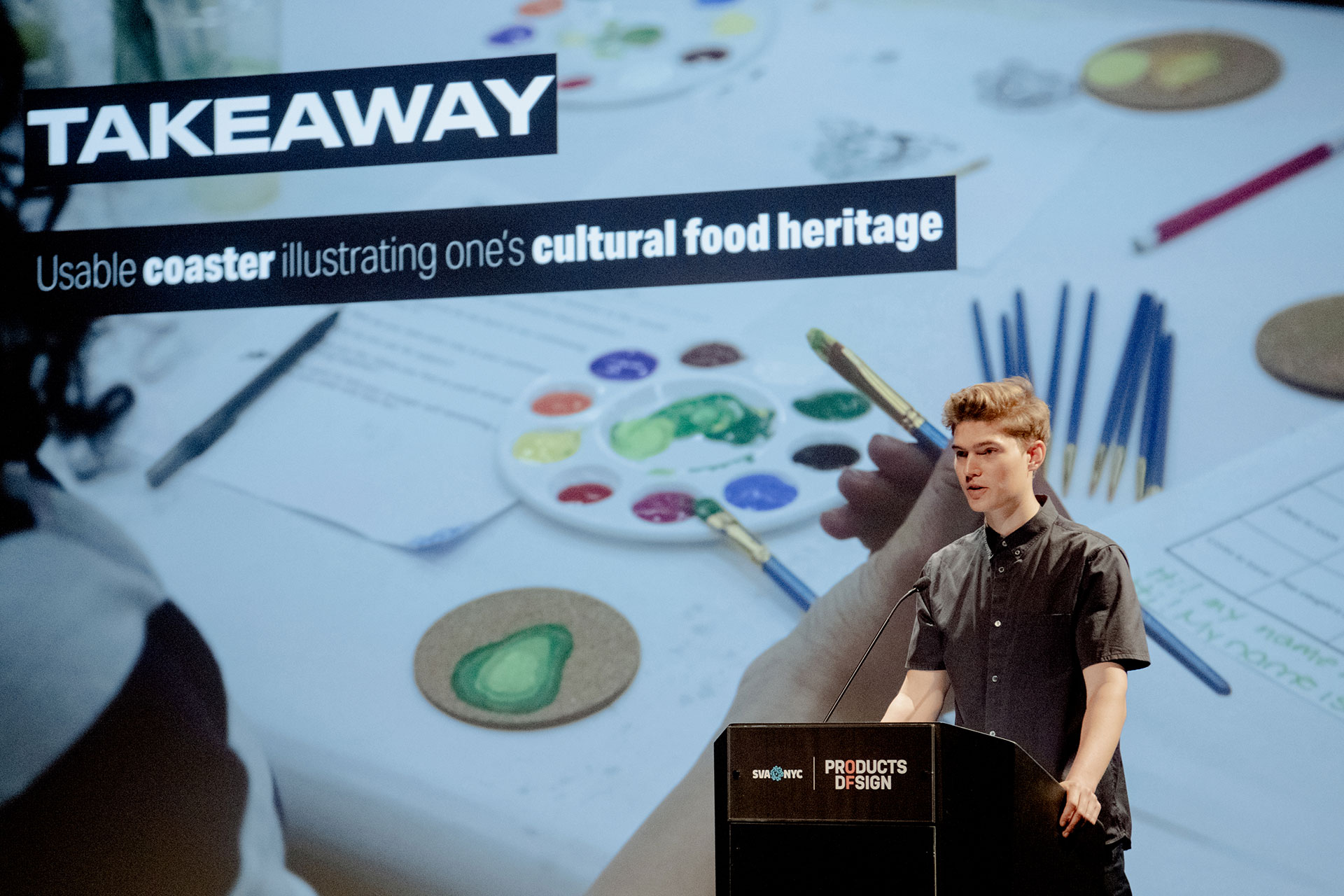
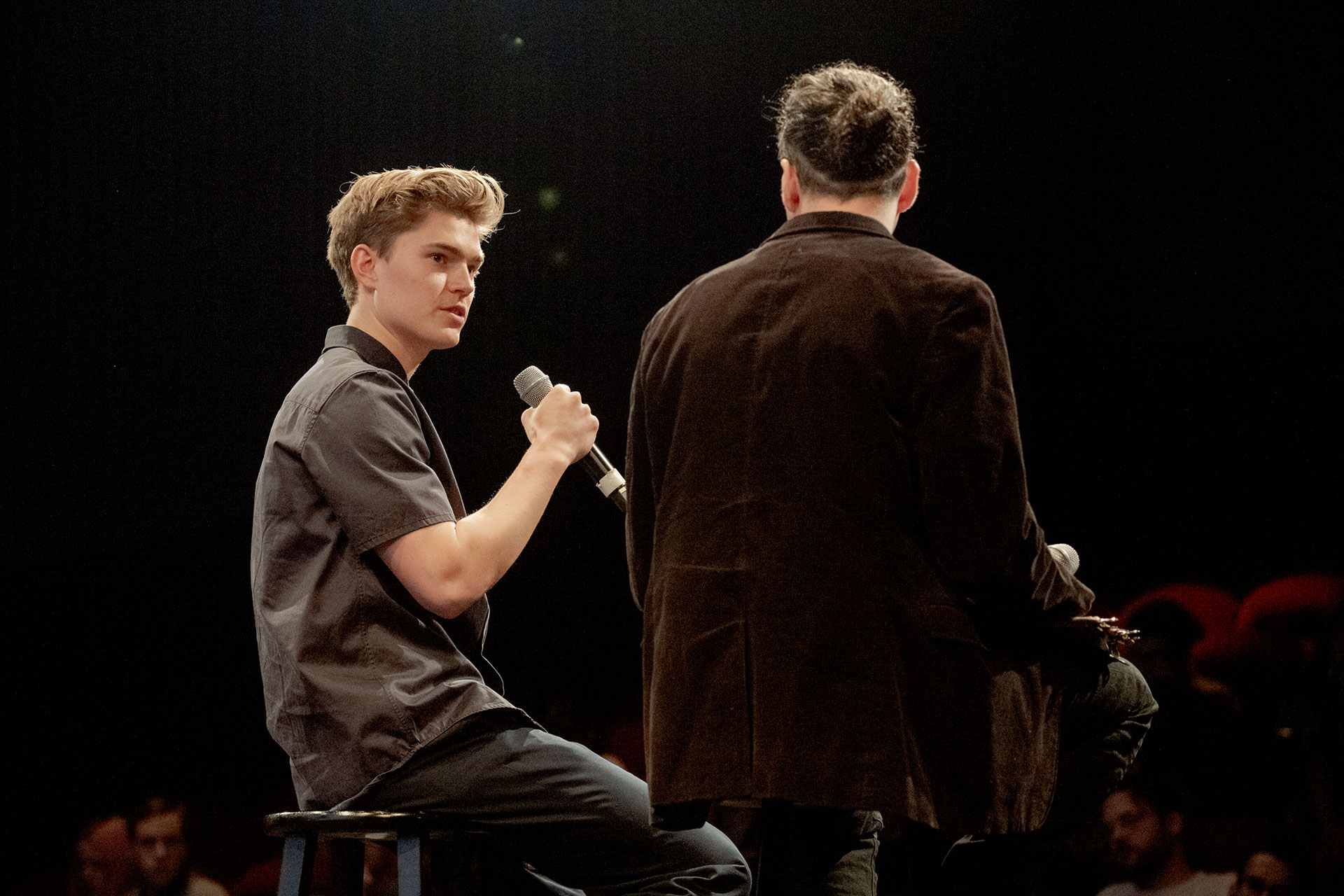
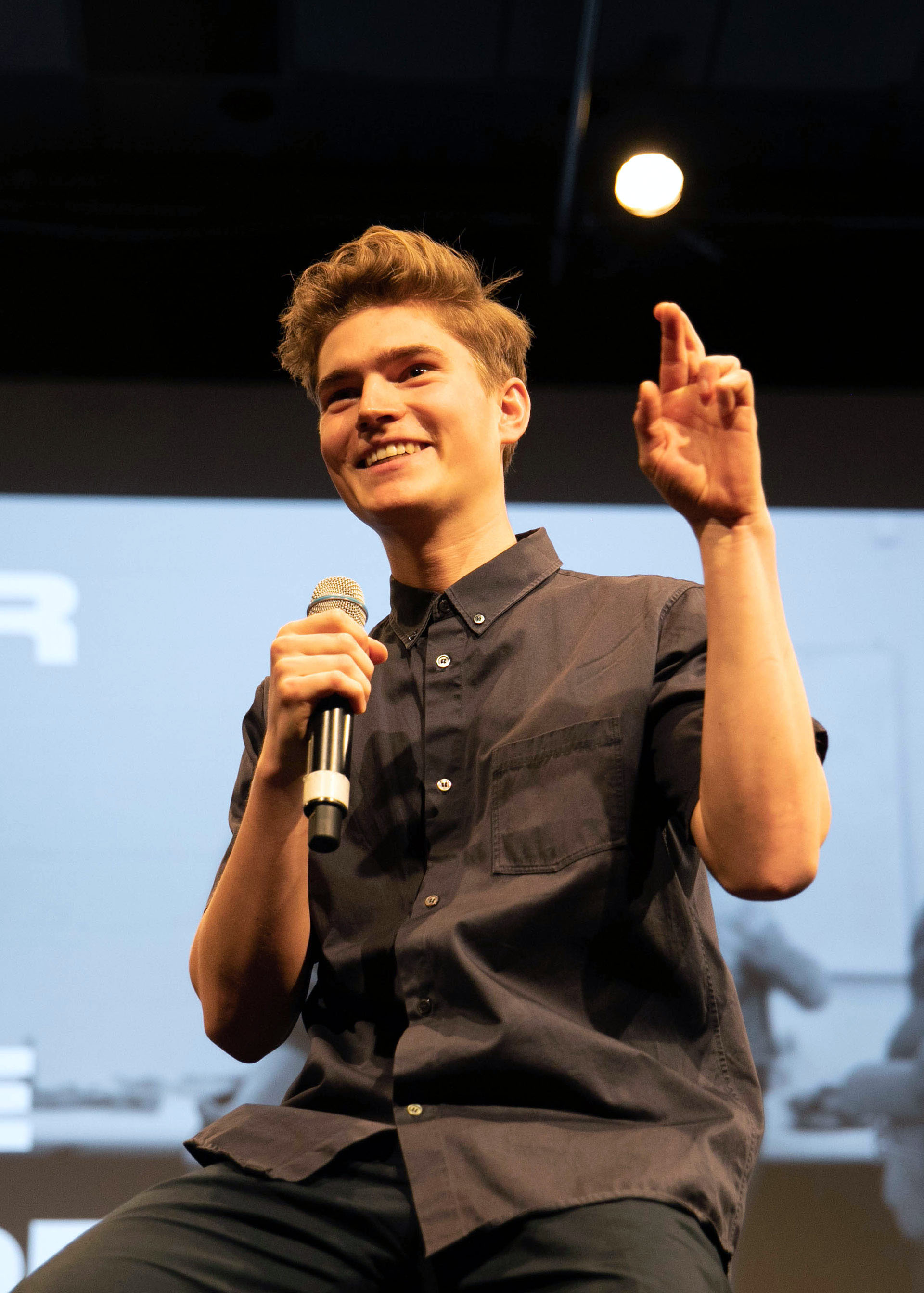

Amplifying Alumni Ambassadors
Gustav’s first major insight was revealed during a co-design workshop he held, called AAA|Amplifying Alumni Ambassadors. The workshop was facilitated to envision designs that would empower youth graduating from food education programs in NYC. During the workshop, the participating youth co-designed the organization ARTICULTURE.
ARTICULTURE
ARTICULTURE is a youth-led organization whose mission is to bring together youth from local food initiatives to form an alliance of local food ambassadors across New York City. The organization cultivates a strong network to help young food enthusiasts accelerate their careers and secure food justice for high-need communities in New York City. ARTICULTURE will work closely with a series of food education programs located in food injustice communities such as Brownsville Culinary Community Center, New Settlement, ENYF, Insurgo, and more. Gustav also designed an app which will serve as the main platform for youth to access events, network with other youth, and find job opportunities.
HOMI:
Homi is a meal delivery service that provides authentic and healthy meals to seniors living in food deserts. The meals are prepared and delivered by youth who are interested in food and in learning about their cultural heritage from the senior, who shares their cultural background. This fosters intergenerational knowledge-sharing, while feeding underserved seniors and employing ambitious youth.
My Cultural Inside Out
My Cultural Inside Out was an activity that prompted participants to reflect upon their cultural heritage as relating to food, and then paint a cork coaster with a specific food, recipe or person connected to that heritage. The participants shared the artwork with their peers, with a spirit of empathy and mutual learning. After the experience, as their coasters were sprayed with sealant, the participants gathered outside to look at each others’ coasters. Here, organic conversations began around their artwork and cultures, creating opportunities for the community to learn about and celebrate each other’s diverse cultures.
To learn more about Gustav Dyrhauge’s work, take a look at his projects in more detail at gustavdyrhauge.com.


